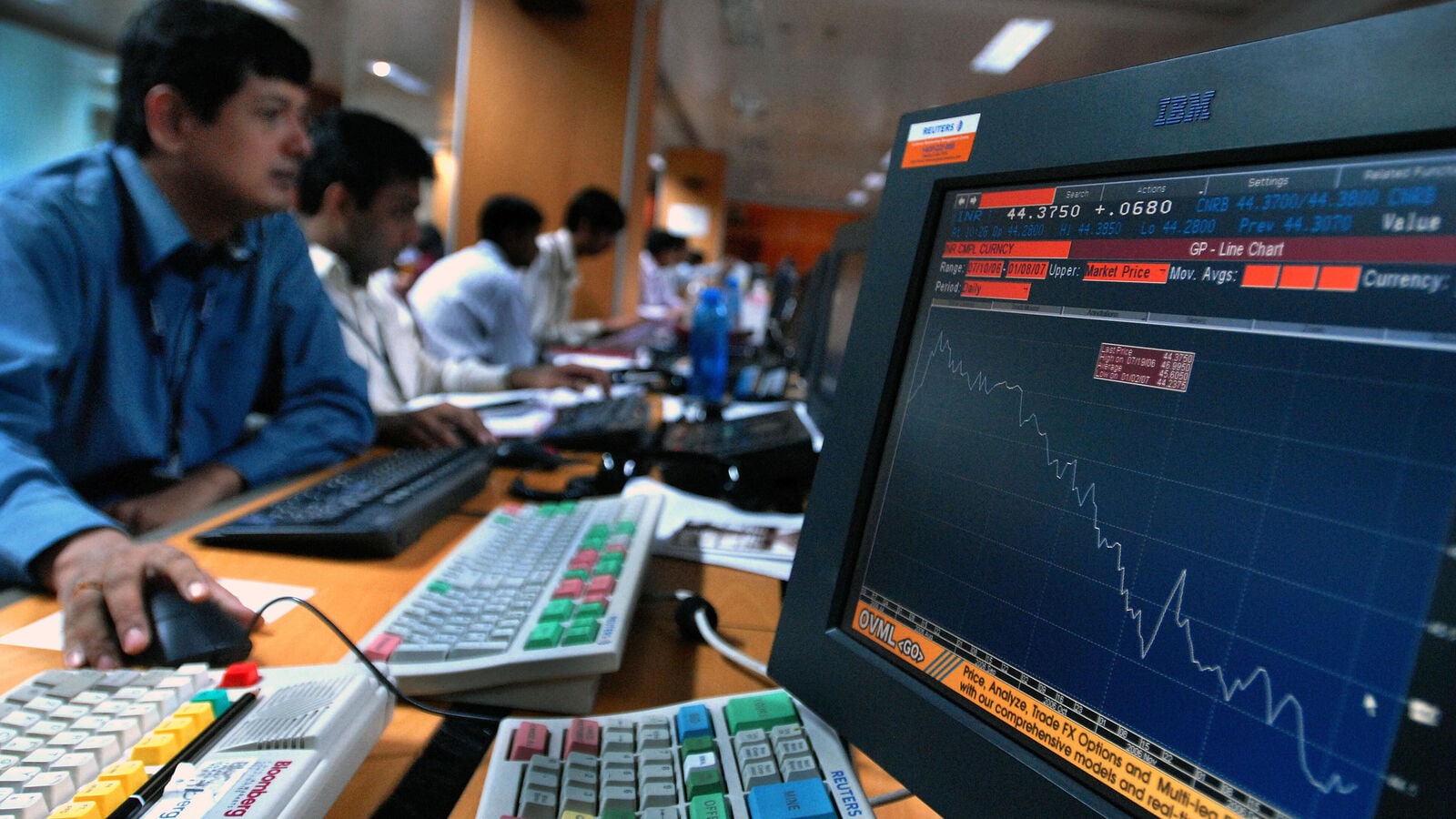British assets remained under pressure on Friday due to higher global borrowing costs, with sterling falling for a fourth straight day and better-than-expected US jobs data accelerating the move, while gilt yields rose for a fifth straight day.
After posting a slight decline earlier in the day, the pound continued to fall and gilt yields jumped after US government data showed employers added more jobs than expected in December.
The pound was down 0.53% after touching $1.2194, its lowest since November 2023.
Benchmark 10-year gilt yields rose three basis points (bps) on the day to 4.84%, down from a session high of 4.889% after the data. The yield remained below Thursday’s high of 4.925%, the highest since 2008.
British 30-year gilt yields rose 6.8 bps on the day to 5.447% – the highest since July 1998. They were last up 3 bps at 5.411%.
Britain has been one of the markets hardest hit by a rise in global borrowing costs, which most analysts say is due to concerns about rising inflation, a low chance of interest rates falling and US President-elect Donald Trump. It started in America due to uncertainty. Trump will conduct foreign or economic policy.
That pushed benchmark US 10-year Treasury yields to their highest level since November 2023, boosting the dollar and sending ripples across other currencies and stocks.
Traders bet on Friday that the US Federal Reserve will wait at least until June to lower its policy rate.
But British markets have been hardest hit, with sterling down 1.5% this week, gilts underperforming peers and domestically focused stocks also struggling.
pressure on finance minister
While higher yields can sometimes support a currency, they are not doing so in this case, partly because they are putting pressure on Finance Minister Rachel Reeves, potentially forcing her to make future spending cuts. Are forcing.
“There remains clear concern over the possibility that all of the Chancellor’s fiscal headroom has now been exhausted given the sell-off in gilts and the poor nature of UK economic growth,” Pepperstone strategist Michael Brown said, referring to Reeves.
Traders are paying more to hedge against large swings in the pound than at any time since the March 2023 banking crisis.
One-month options volatility, a measure of demand for a security, hit an all-time high of 10.9% on Thursday.
By Friday it came down to 9.67%.
The pound has also fallen by about 1% against the euro this week.
Euro zone bond yields also rose, but the yield differential between British 10-year gilts and German 10-year bonds – a gauge of the premium investors demand for holding UK debt – widened by almost 10 bps this week. .
Deutsche Bank said in a note earlier on Friday that investors should sell the pound on a broadly trade-weighted basis, and that the pound’s recent weakness could be “further extended.”
“We prefer to sell GBP against a basket of other major currencies,” he said, referring to the euro, dollar, Swiss franc and Japanese yen.
He also noted that higher volatility could reduce the pound’s gains from higher yields.
One reason why higher yields may support a currency is that they make it more attractive for “carry trades” in which currency traders seek to profit from yield differences between different markets.
These trades are much less attractive when volatility is high, however, as small yield differences can be wiped out by price fluctuations.
Ten-year gilt yields have risen 25 bps over the week. If sustained, it would be their biggest weekly increase in a year.
catch ’em all business News , market news , today’s latest news events and latest news Updates on Live Mint. download mint news app To get daily market updates.
MoreLess












